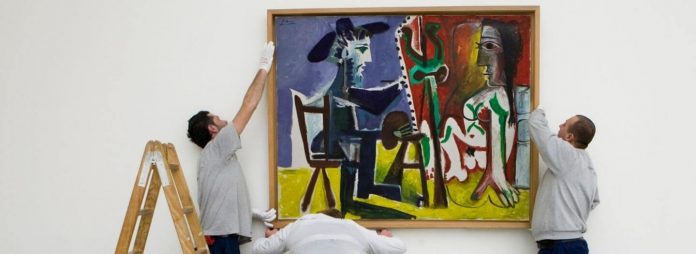Imagine studying one of Pablo Picasso’s most famous paintings only to discover more artwork by the famed artist beneath it.
That’s what happened when a team from the Art Institute of Chicago used X-ray and infrared imaging to better understand Picasso’s use of paint layering. To their surprise, they found a hidden drawing of “a pitcher, a mug, [and] a rectangular object that may be a newspaper” propped up on what seems to be a chair seat or a tabletop.
The article states that Picasso often painted over previous works of art, but he usually incorporated the old work into the new work. In this case, he blocked out the drawing using a thick white layer of paint before creating the abstract piece known to the world as “Still Life.”
This unusual discovery functions as a cultural parable: what the world sees is not all there is.
Our society can be characterized by three adjectives: secular, materialistic, and existentialist. I do not mean these to be pejorative but descriptive terms. Our culture is secular in that its orientation and measure of success is located in this world rather than the next. It is materialistic in that it defines success in material terms—how much we earn, what we wear and own, how we look, and so on. It is existentialist in that it centers on the individual’s existence (in contrast to collective or communitarian worldviews in some Eastern cultures).
As a result, we are convinced that “seeing is believing.” What we as individuals see in the world in materialistic terms is what is. Perception is reality, or so we’re told.
How Jesus can make us like Jesus
Our Creator has a different perspective.
When Samuel was sent to anoint the next king of Israel, he met the oldest son of Jesse and was impressed on secular, materialistic, and existential grounds (1 Samuel…
… Read More
—
Click Read More to read the rest of the story from our content source/partners – Denison Forum.
